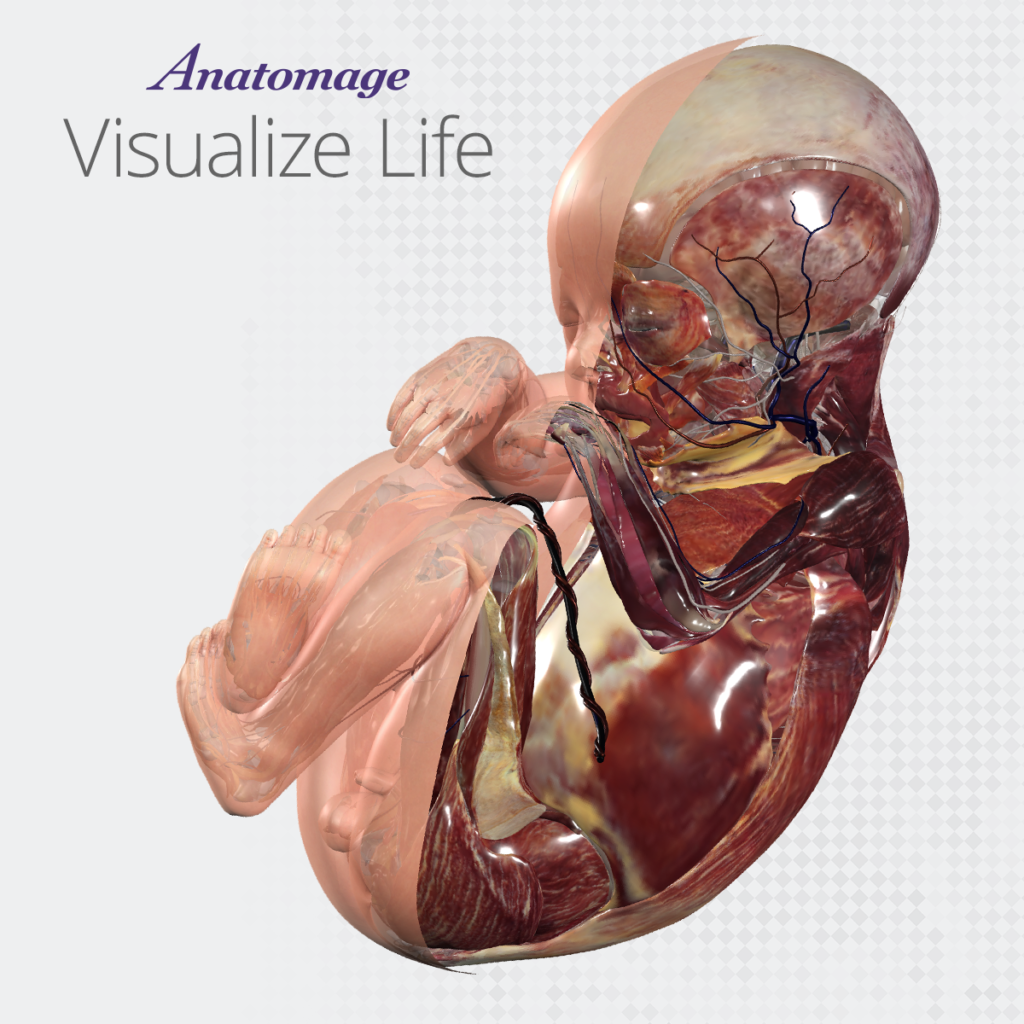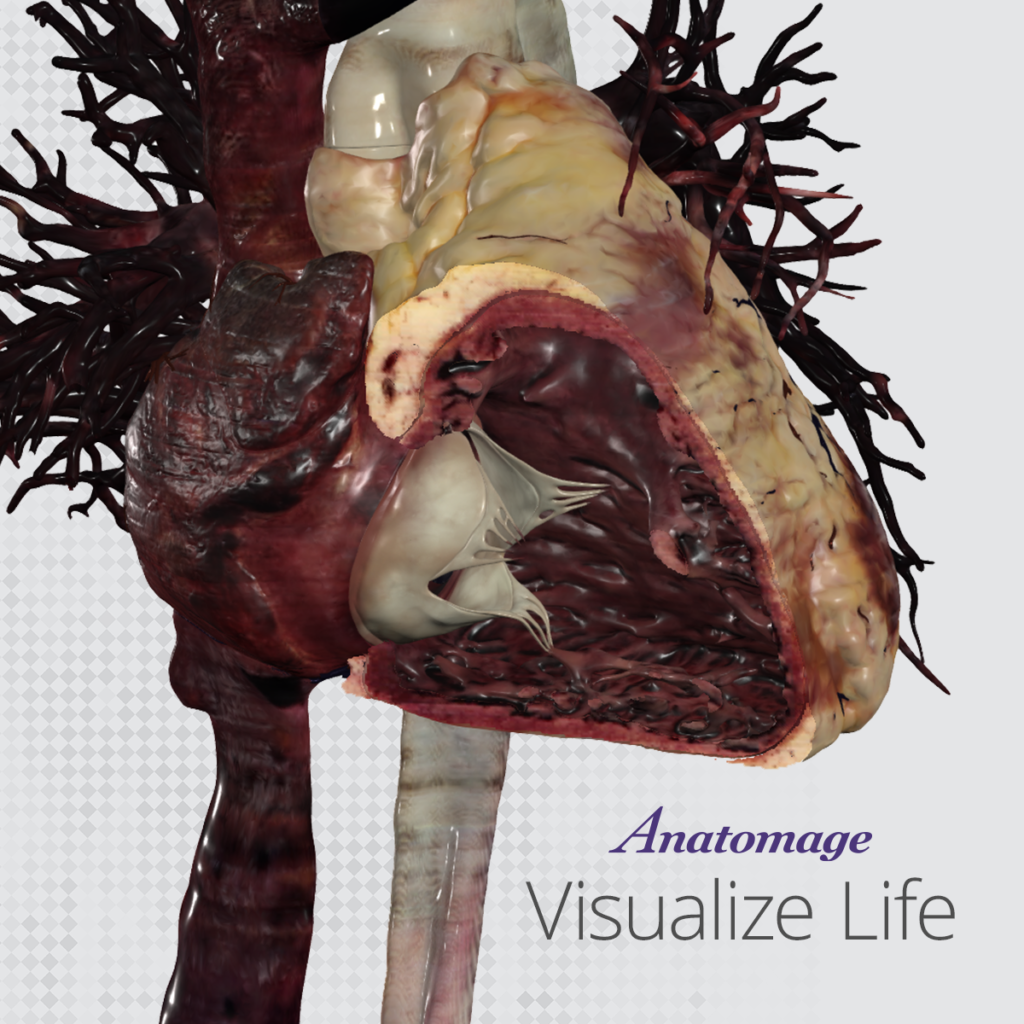Most of us are familiar with Frankenstein: Or, The Modern Prometheus by Mary Shelley. The story paints unlimited possibilities of science – including the creation of new life out of death.
Back in the early 19th century, the novel was more or less a fictional story – where medical science remained undeveloped. Today, the intersection of science and technology brings humanity closer to the untapped potential of medical science – where human life can be further studied, intellectually understood, and even recreated.
For instance, modern technology allows for the development of digital bodies – 3D models of human bodies that can replicate living anatomy and physiological functions. Advanced technology – such as 3D simulation – also encourages learning activities involving experimenting with physiological responses to a stimulus or given scenarios. These technologies all aim to provide a scientific perspective into life; from when it’s formed, functions and falls into illness.
To accelerate the applications of digital bodies in medical education and diagnostics, Anatomage develops a portfolio of digital bodies – Anatomage Bodies – that can be simulated to produce living anatomy and physiological reactions. Modeled after real human bodies, Anatomage Bodies transform Anatomy and Physiology concepts to reality by helping users visualize “life” better.
Check out which tools and functionalities are offered by Table 8 (Anatomage Table’s latest software) that enables us to visualize, study and understand life accurately.

Pregnancy
- Visualize and interact with the fetus scan to appreciate the anatomical structure of a fetus
- Examine the anatomical changes that a female body undergoes to develop a suitable fetal environment for the baby

Cardiac Motion
- Digitally adjust heart rate to visualize various heart rhythms with an ECG
- Visualize a living heart’s electrical activities inside a digital body

Nervous Pathway
- Visualize the connection between nerve pathways and dermatomes
- Use nerve pathways to pinpoint and identify pain locations

Physiological Responses
- Simulate 11 physiological pathways to visualize how a substance travels from one organ to another
- Access essential physiological pathways including air pathways, blood flow, GI tract

Anatomical Movements
- Involve in hands-on kinesiology simulation activities to understand how a living body physiologically produce motions
- Utilize a variety of simulation tools to manipulate skeletal, muscular, nervous, and cardiovascular tissue and activate anatomical movements on a digital body
Learn more about Anatomage Table 8 here




